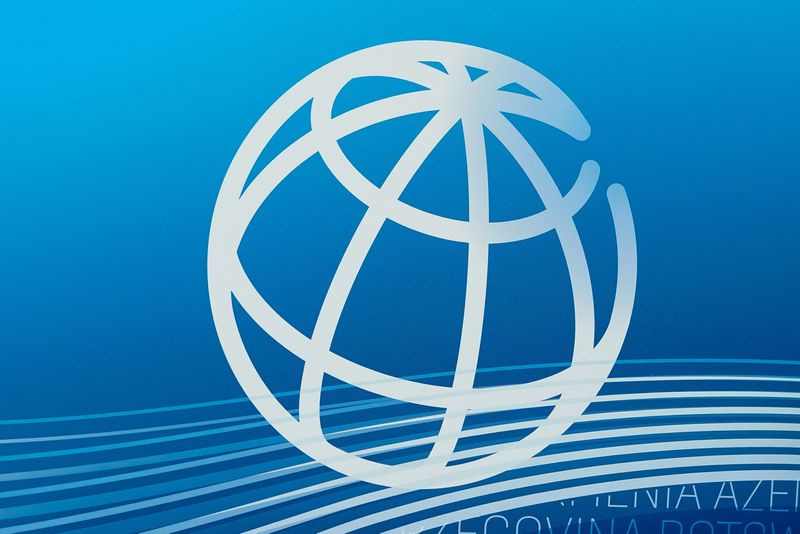Follow us on LinkedIn
When it comes to financial institutions they often use many different methods to assess their finances. One such method is known as the CAMELS rating system.
CAMELS stands for Capital Adequacy, Asset Quality, Management Capability, Earnings, Liquidity, and Sensitivity to Market Risk.
It not only helps in decision-making but also in identifying potential weaknesses and risks.
What is the CAMELS rating system?
The CAMELS rating system is a supervisory tool used by financial regulators to assess the overall health and risk profile of banks, credit unions, and other financial institutions.
Over time, the CAMELS rating system has become a global standard for evaluating the financial stability and soundness of institutions. It basically stands for the six components mentioned above such as
- Capital Adequacy: Measures the amount of capital a financial institution has about its assets and risks. This includes factors such as tier 1 capital ratio, leverage ratio, and risk-weighted assets. It’s the most important component as it represents the institution’s ability to absorb losses.
- Asset Quality: Evaluate the quality of a bank’s loan portfolio and other assets. It looks at factors like credit quality, diversification, risk management practices, and asset growth. Investors and regulators use this component to assess potential credit risks and loan losses.
- Management Capability: Assesses the competence and effectiveness of a bank’s management team. This includes factors such as governance, strategic planning, risk management policies, and internal controls. Customers are the main beneficiaries of this component as it reflects the institution’s ability to make sound financial decisions.
- Earnings: Looks at a bank’s profitability and its ability to generate income relative to its expenses and risks. Key factors considered are net interest margin, return on assets, and efficiency ratio. In simple words, this component indicates if the institution is making enough money to cover its costs and risks.
- Liquidity: Measures the ability of a bank to meet its short-term financial obligations. This includes factors such as cash reserves, funding sources, and access to emergency funds. Any financial institution should maintain adequate liquidity to avoid potential disruptions and instability.
- Sensitivity to Market Risk: Evaluate how well a bank can withstand volatility in interest rates or market conditions. It considers factors such as interest rate risk, foreign exchange risk, and commodity price risk. Unpredictable market conditions can have a major impact on the financial health of an institution, hence this component is crucial in predicting potential risks.
How the CAMELS Rating System Works
Each component of the CAMELS rating system is assigned a score on a scale from 1 to 5, with 1 being the highest rating and 5 being the lowest. These ratings are based on both quantitative data (financial statements) and qualitative factors (management quality, risk management practices, etc.).
The overall CAMELS rating is then determined by taking the average of the scores for each component. A strong, healthy financial institution would typically have a CAMELS rating of 1 or 2, while a struggling institution would have a rating of 4 or 5.
It’s a simple yet effective system that allows financial regulators to quickly evaluate and compare institutions. It also helps in identifying potential weaknesses or areas of concern that may require further examination.
Conclusion
Finances are hard to manage and assess, especially for large financial institutions. The CAMELS rating system provides a comprehensive guide for regulators to assess the health and risks of financial institutions, ultimately promoting stability in the financial sector. By understanding the components and how they work together, investors and customers can also make informed decisions when choosing a bank or credit union to do business with.
Further questions
What's your question? Ask it in the discussion forum
Have an answer to the questions below? Post it here or in the forum




